Three Months With Apple’s AirPods Pro
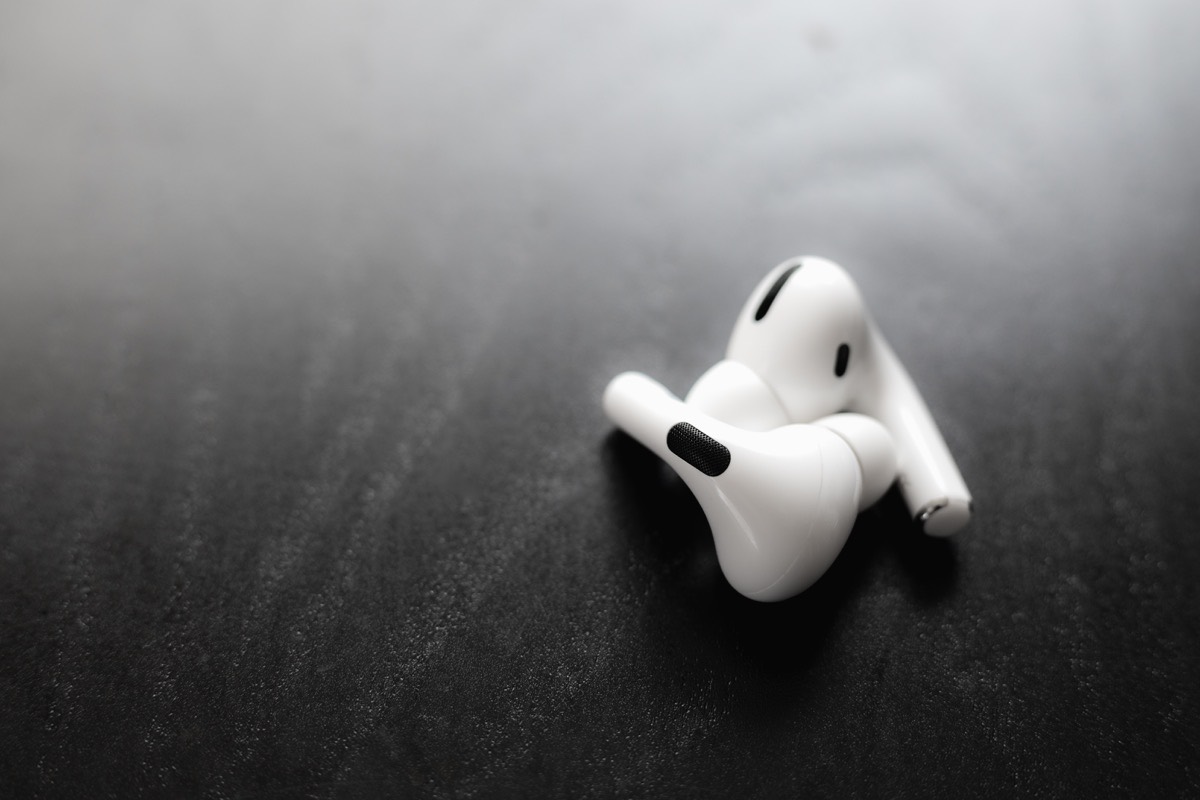
Apple’s latest and greatest true wireless earbuds were worth the wait.
The original AirPods, which I’ve been using since launch, were wonderful but flawed. Early on, I imagined they would be ubiquitous listening devices that were small enough to take everywhere and easy to use with all my devices.
They accomplished those things, but fell short on one key metric: basic sound isolation. They’re impossible to use in many city situations — like riding the subway — without cranking the volume to ear-damaging levels. I know many people don’t mind this, but I’m not willing to damage my hearing for the sake of convenience, so for me they were relegated to walks in quieter neighbourhoods or indoor use. Forget about using them on a plane.
The AirPods Pro finally address this limitation, providing both passive noise isolation through their new silicone tips, as well as active noise cancellation using the same proven approach employed by Bose, Sennheiser, Sony, and essentially every other manufacturer of modern headphones.
By now, you’re likely familiar with the specifications and features of the AirPods Pro, so I want to focus instead on the little nuances of use that you become aware of after using them and comparing them to their predecessors for a while.
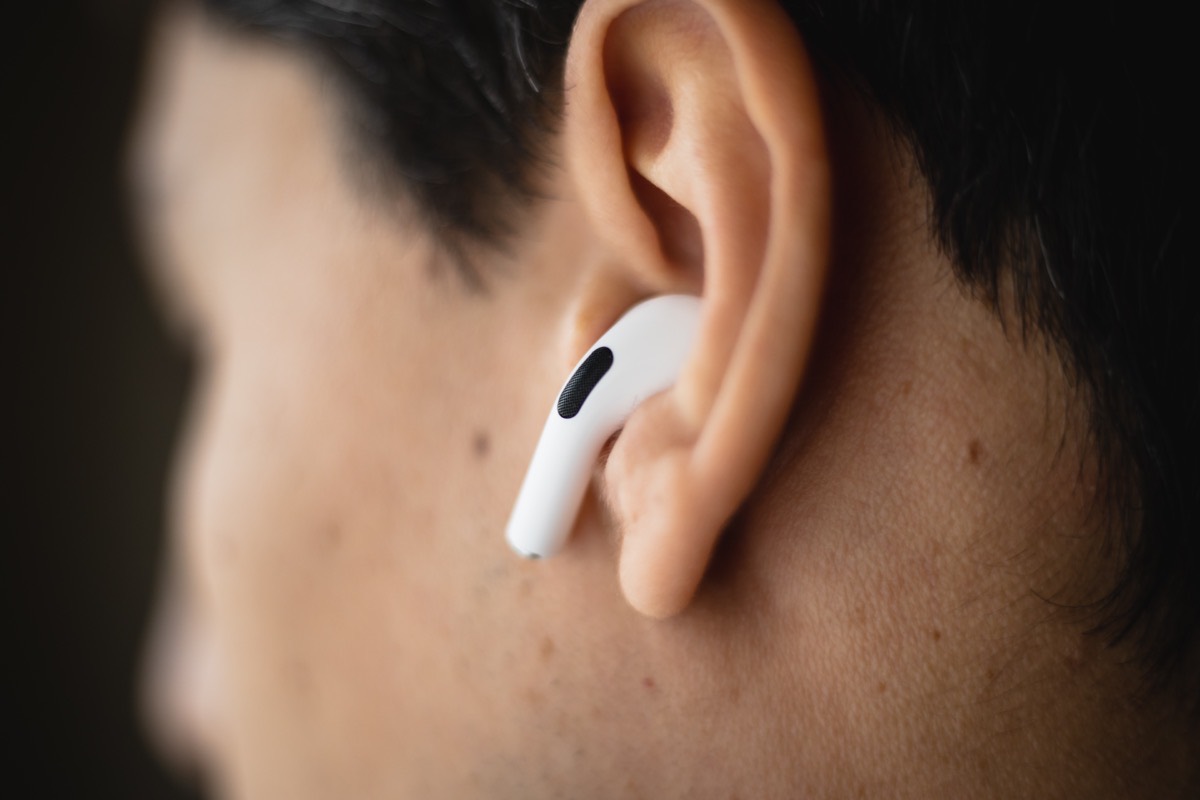
Comfort and Fit
I much prefer the look of AirPods Pro to the original. Their refined design is sleek and more attractive while retaining the essence of the now-iconic bud-and-stem look.
The shorter stems and more prominent black grilles are classy, though these are still not the earbuds for you if you like your technology to be invisible to others. The bright white remains a little ostentatious, but by now there are so many AirPods out in the world that you’ll hardly seem out of place wearing them in public.
One interesting thing I’ve noticed over time is that AirPods Pro aren’t as comfortable as the originals over longer periods of time. I’ve kept experimenting with the included silicone tip sizes, and while the fit is perfect and I have no issues for the first half-hour or so, after that I start to be aware of the AirPods Pro in my ear in a way that didn’t seem to happen with the originals, or with other in-ear buds I’ve tried.
This doesn’t bother me much in practise since I like to take breaks anyway, but it’s an interesting difference, and one that I’m sure is equally likely to apply in reverse to other users since ear shape and tolerance for in-ear buds varies so much. I’ll be trying some third-party tip options as well to see if they improve comfort.
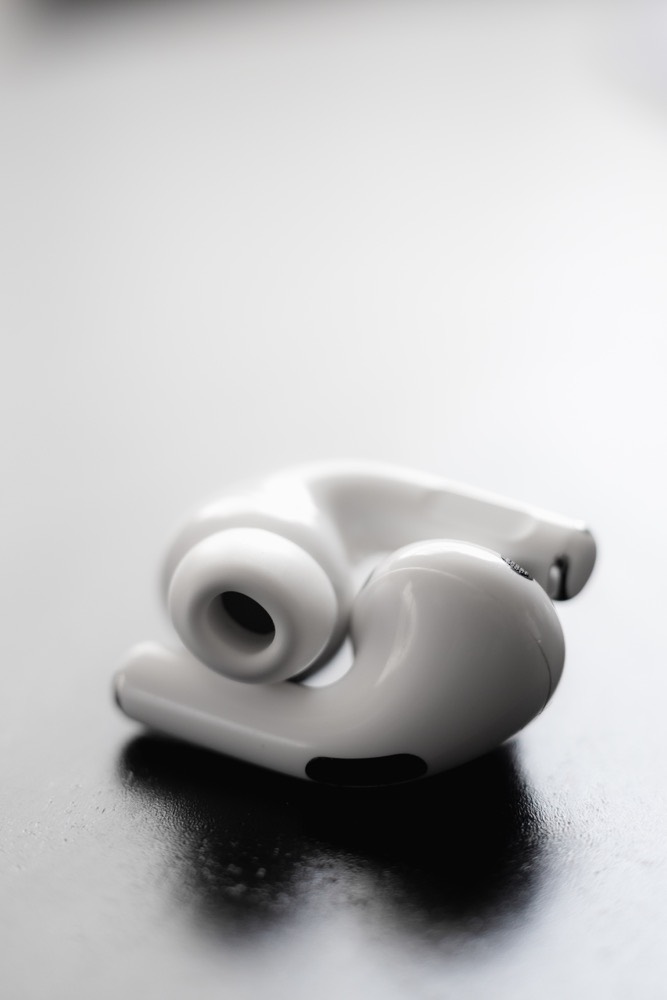
The Sound: Boring is Good
In my first impressions piece, I wrote:
I would describe the sound signature as unsurprising, unexciting, and unimpressive, but also accurate, pleasing, and flexible.
Nearly three months later, I stand by that statement. AirPods Pro don’t sound meaningfully different from the original AirPods, but the interchangeable silicone tips provide a better seal, ensuring that you’re getting a better impression of the sound in more situations. That leads to a general feeling that they sound better.
While I consider myself to be an audiophile — that is, someone who loves and appreciates quality in sound and music — that perspective is unimportant when judging AirPods Pro. This is nowhere near the best sound you can get for $250, and I expect most consumers probably understand that.
If you aren’t comparing to the original AirPods, the AirPods Pro sound more neutral than many of their competitors, offering a mostly-accurate depiction of music and podcasts, with very little artificial hype or unexpected boosts in the frequency spectrum.
As a composer, I appreciate this quality because I like knowing that people are hearing my music similar to the way I intend for it to sound. I also recognize that it makes for a comparatively dull, uninteresting sonic profile that most general consumers would consider inferior to the competition.
Beats, as an example, has built their success on dramatically altering their output to “enhance” the experience of listening to music. They do this in a way that tends to flatter modern pop music genres, which helps explain their popularity. Other brands do the same, to a greater or lesser degree, and some even provide customizable EQ curves so you can tailor the sound to your personal preferences.
In short, AirPods Pro do not sound fun, exciting, or engaging — they sound boring. But boring has advantages, like portraying all genres of music respectfully and providing a very pleasing sound for podcast listening (which in my case represents 90% of my AirPods usage).
If your priority is a fun and engaging sonic profile for music listening, you’d be much better served by the Sennheiser Momentum True Wireless or Sony WFVNPPABJSIDF//KI-9000 or whatever the hell they’re called. Both pairs provide a much more pleasing music experience (especially the Sennheiser), with a sound that’s richer and more full. They manage this without sacrificing too much in the way of accuracy or precision.
AirPods offer good enough sound while also being extremely small, more reliable, and more tightly integrated into your device ecosystem if you’re an Apple user.
The Sound of Silence
The headline features of the AirPods Pro are noise cancellation and transparency mode, both of which I’ve been very happy with.
As you might expect, the noise cancelling is not as effective as over-ear pairs like my Sennheiser PXC 550 or Bose QC, but that’s to be expected. Once again, the effect is good enough, and I’m often willing to trade a bit of noise cancellation effectiveness for the ease of carry and connectivity that AirPods provide.
I’ve had an opportunity to put the AirPods Pro to work on the subway, in the city, and on planes, and I’m delighted to report that they fulfill the promise of ubiquitous earbuds that you can safely and comfortably use in just about any context.
This alone made them worth the upgrade from the original AirPods for me.
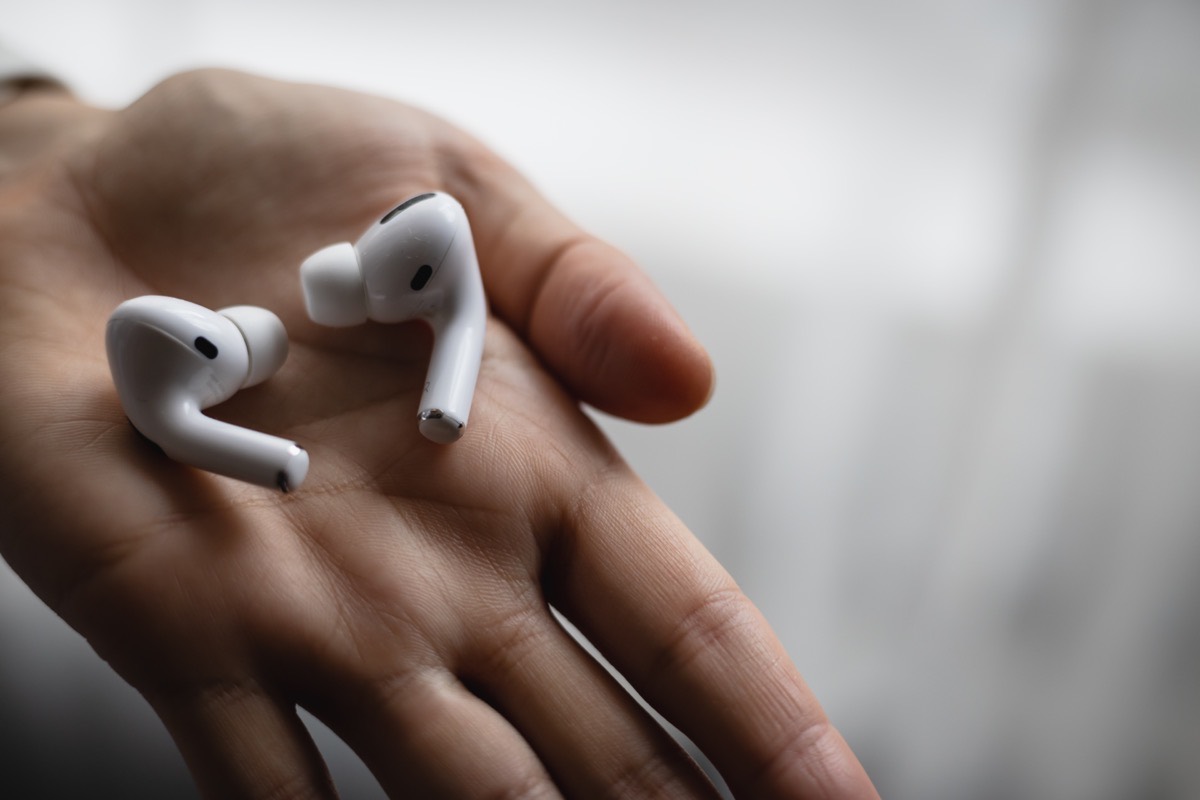
Apple has also included a transparency mode that allows you to hear the world around you as though you weren’t wearing AirPods. It works great, but I haven’t found a use for it in the real world.
I consider talking to people while wearing my earbuds to be quite rude, and if I have a hand free to squeeze the stem and turn transparency mode on, then I can use that same hand to remove the AirPods entirely.
In other words, I prefer the old-fashioned “transparency mode” of taking the earbuds out and giving other people my full attention when they need it.
Trouble in Paradise
For all their custom silicon and Apple-branded magic, the AirPods Pro experience is still occasionally derailed by the spectre of Bluetooth.
I was reminded of this one morning when I sat down at my desk, popped them out of their case, and nearly dropped my coffee as one connected to my phone and the other connected to my Mac, each playing something different.
Other days, I’ll put them in and start washing dishes only to discover that one of the two hasn’t connected to my phone. Why? Who knows. Sometimes the straggler sorts itself out automatically after a few seconds, but more often than not I have to remove both from my ears, put them back in their case, then try again.
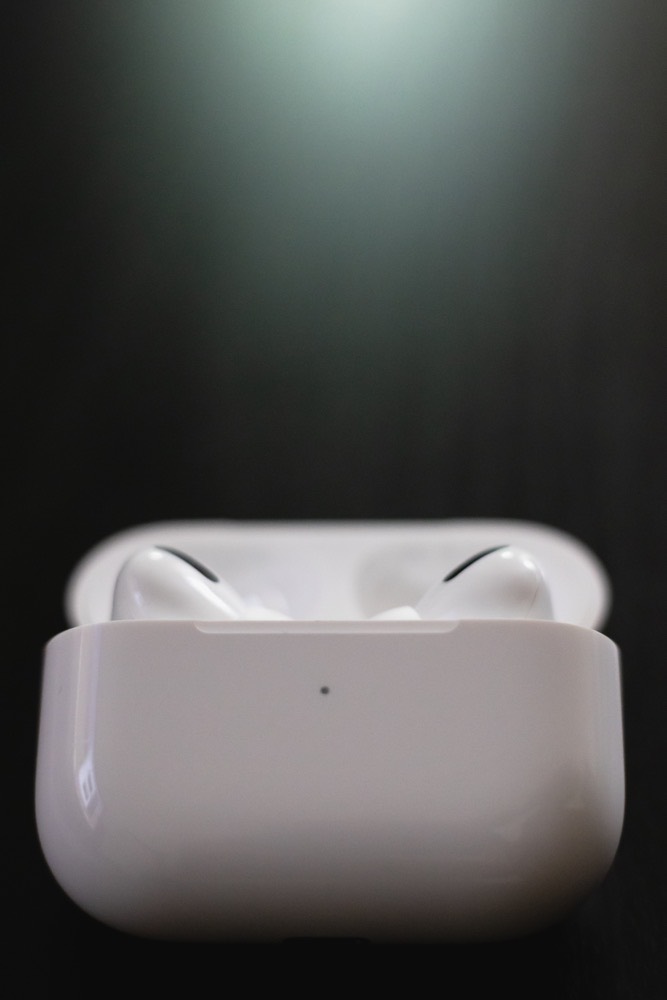
While riding the subway, I often play a few rounds of Holedown to pass the time. When I first got the AirPods Pro, I noticed that listening to a podcast or music while playing Holedown would cause all sorts of glitches in the audio. Doing just one or the other worked fine, but having multiple streams playing seemed to fill some sort of buffer and cause playback to stutter unpleasantly.
This last oddity was fixed by a recent firmware update, but even that process is frustratingly opaque. With the AirPods Pro connected and in their case, you need to dig into a dusty corner of the Settings app on your iPhone and just sort of…hang out. I left mine like this for a few minutes and the firmware had updated itself, but there’s no way to manually check for an update, be notified of one, or install it at will. The only reason I knew it worked — and the only reason I checked to begin with — was because an Apple news blog posted about the new firmware. If you want to try this process with your AirPods, follow this tutorial from iMore.
As AirPods grow into the role of AR interface for the Apple ecosystem, the company will have to provide better tools and more transparency around updating, managing, and troubleshooting them.
Calls, Connectivity, and Battery Life
Besides podcasts, which make up the vast majority of my AirPods usage, I also love them for phone calls. They keep my hands free for typing notes and aren’t disruptive to everyone around me in the way that speakerphone calls are.
I can’t say I’ve noticed a huge difference in call quality on my end, nor have folks on the other end, but the improved isolation once again upgrades the experience even if the actual quality hasn’t changed. I feel like I can speak at a normal volume even outdoors, and I’m not straining to hear the other end of the call.
The more time I spend with AirPods, the more I realize that the much-lauded W2 chip that manages the Bluetooth connection is perhaps a bit overrated. Don’t get me wrong — the initial setup experience and the fact that you don’t have to manually establish a connection to each device is wonderful, but after that point, I don’t find that switching devices is that much faster than doing it via the Bluetooth menu with other headphones.
Where the W2 chip does prove its worth is in maintaining a stable connection, both between the individual buds and between buds and audio source.
Setting aside the weird behaviours described above, AirPods Pro have the most reliable connection of any wireless headphones I’ve tried, offering the lowest latency and strongest signal. Once they’re connected, they generally stay connected without dropouts or interruptions, and I haven’t yet had one earbud fall out of sync with the other during playback.
The battery definitely drains faster on the AirPods Pro than their predecessors, but I still find that I get plenty of use out of a single charge, usually going several days before I need to top up the case. I can also charge them using my desktop wireless charger now; the slightly larger case reaches high enough on the angled stand to engage the charging coils. The original wireless charging case was just a bit too small.
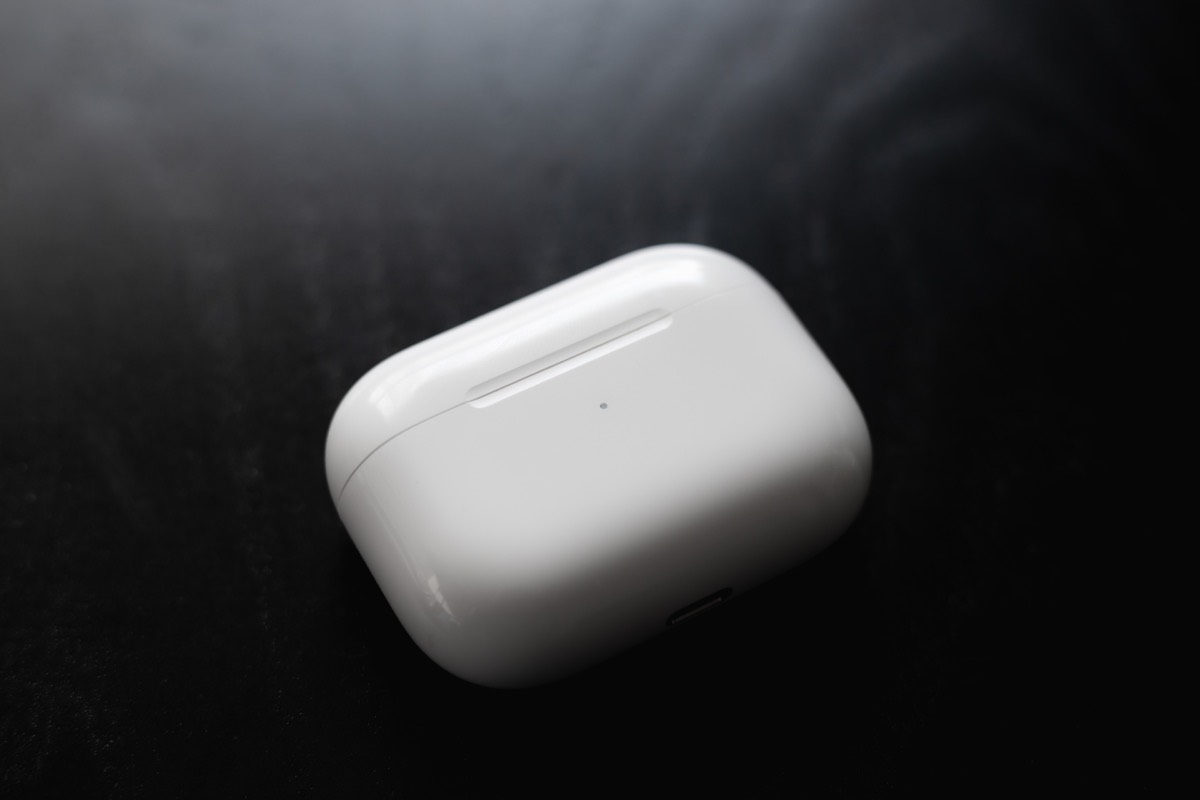
One aspect of AirPods usage that I didn’t delve into until the Pros is actually making use of Siri. Specifically, her ability to read recent text messages to me. This has turned out to be quite a pleasant feature, especially since the reading of the messages is very convincing, for the most part. The days of robotic recitation from our digital assistants seem to be behind us.
As I’m washing dishes, or out on a walk with the AirPods Pro in, I can have any incoming messages read to me so I can decide whether or not I need to reply without having to glance at my watch or pull out my phone to see what’s been said. I can even reply to them using Siri, though I don’t tend to do that outdoors because I still feel a bit strange crossing that boundary.
Value and Recommendation
Okay, so we’ve established that they’re good — no surprise there. Spending the last few months with them convinced me that Apple has finally delivered a pair of wireless earbuds that offer the ultimate combination of capability, convenience, and versatility.
They aren’t for everyone, though; folks seeking the best audio should look elsewhere, and anyone after a workout-focused solution should try something more explicitly sweat-proof, perhaps with a tether or additional supporting vanes like the PowerBeats.
But those of us who want a general pair of earbuds with the convenience and portability of true wireless, the advantages of passive+active noise cancellation, and seamless, reliable connectivity will be well-served by AirPods Pro.
In fact, I’d go so far as to say that anyone who is considering AirPods shouldn’t bother with the originals unless you absolutely can’t stand — and are unwilling to try to get used to — in-ear buds. The additional isolation and customizable fit improve the experience dramatically.
Yes — they’re more expensive, but they’re worth saving for.
Our Must-Have, Most Used Productivity Apps
We spend an inordinate amount of time sorting through hundreds of apps to find the very best. We put together a short list of our must-have, most-used apps for increasing productivity.
